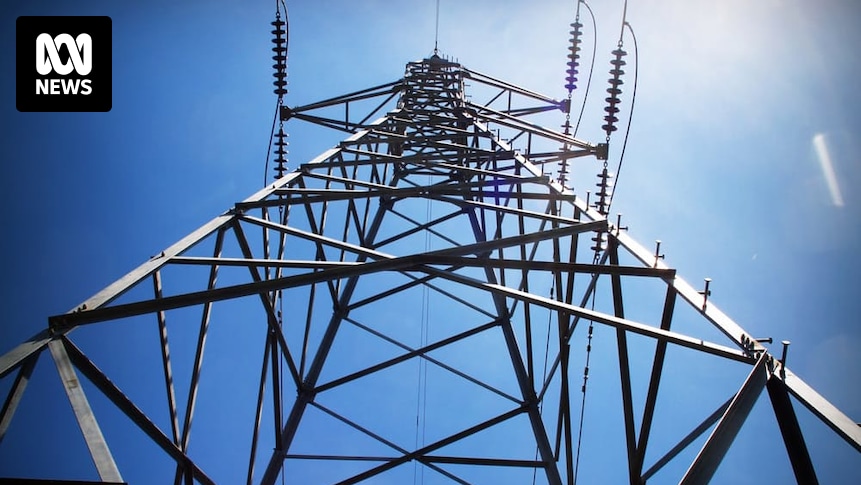I disagree that it's "being good" in the sense of producing an unambiguously overall positive outcome.
What matters for the 'greater good' is the overall level of demand being served by solar (or really, RE / low-carbon generation). Turning your car charger on and off based on your local solar production isn't actually changing the level of solar production, unless you're export constrained, so it's net neutral.
you misunderstand - I'm in an area where solar output greatly exceeds demand during the day. I've started getting negative FiT for exporting to grid. In my case (can't speak for others), my intended solution is to soak up excess solar that has literally nowhere else to go but to get wasted.
1) Grid is already at full export capacity (I can see the grid input power is over 255vac!! It's overloaded!)
2) My home solar battery banks are ALSO at full capacity.. all banks at 100%..
3) ** This is where I want to start charging on my Tesla, any additional excess power generated from my PV that shouldn't go to grid, and can't fit in my home battery anymore - That goes into the CAR! So at least I can use it for transport.
4) This is next phase - once the CAR is also fully charged (90%), the power again has nowhere to go, my current plan is to simply command the inverter to disconnect from grid and run in island mode. Which means the house is powered 100% by PV and the home batteries act like a capacitor to smooth the output curve - then in a more distant future state (maybe a year or 2 from now?), if i STILL have excess PV left over, that goes into local Hydrogen production. Excess hydrogen will be converted into ammonia to be stored in liquid form without risk of high pressure kabooms.
Because of condition 1 - if the FiT is a positive price, that means the grid actually needs my power. That's when I'd export any excess to grid. Hence, "being good".... Part of "being good" also involves recognising when your contribution to the grid is going to have an adverse effect and blow some equipment up, therefore move onto condition 2,. 3,.. so on so forth.

 www.abc.net.au
www.abc.net.au


